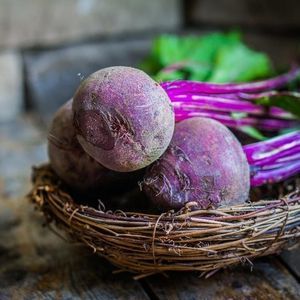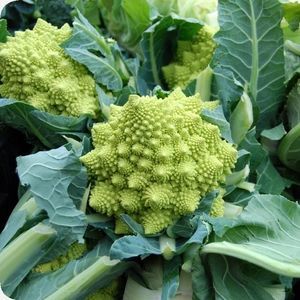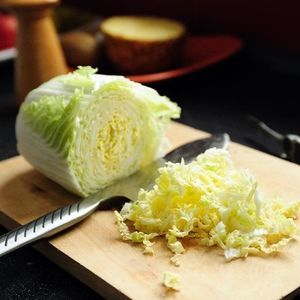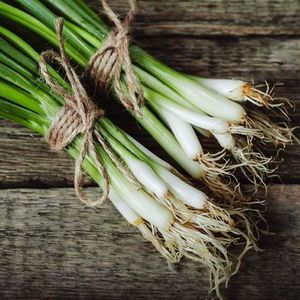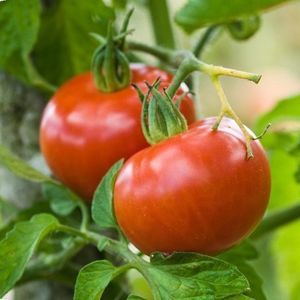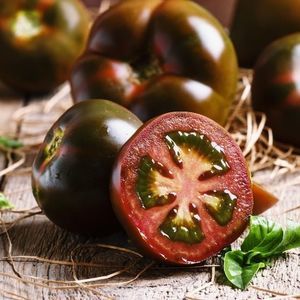
- Seeds and crop inputs
- Seed & plant
- Winter radish seed
- MSL GmbH & Co. KG
Late radish seed Black Spanish Roundwinterbiological
Add to favorites
Compare this product
Characteristics
- Maturity
- late
- Harvest season
- winter
- Other characteristics
- biological
Description
The Spanish winter radish develops large round, dark coloured aromatic tubers with firm flesh and excellent storage quality. Its rich flavour is due to the mustard seed oil that is embedded in the storage tissue.
Natural location: The radish has its origin presumably in the eastern Mediterranean and in Asia.
In the kitchen: With summer radish varieties it will take about 8 to 10 weeks until harvest, whereas winter radish takes 13 to 15 weeks. In case of doubt, it is always better to harvest the radish earlier rather than later, as it will become woody when harvested too late. If you squeeze the tuber a little between your thumb and index finger it shouldn’t soften. Radish is usually not processed, but eaten fresh instead. It can be cut into slices or grated and eaten with a dip or dressing. A popular way is the use as beer radish, when the radish is cut into slices and eaten while having a nice beer. Radish is also well suited for Asian dishes: cut the radish like a carrot into sticks and place them in salt for about 15 minutes. After that, wash off the salt with water and add the radish to the other vegetables in your wok. Harvested tubers of spring or summer varieties that are wrapped in moist kitchen cloth and kept in the fridge are only good to store for about three days. If you keep the radish longer than that it will become soft and rubbery. Autumn and winter radish varieties, on the other hand, are storable in high humidity and a temperature around the freezing point for a couple of months even.
Catalogs
Related Searches
*Prices are pre-tax. They exclude delivery charges and customs duties and do not include additional charges for installation or activation options. Prices are indicative only and may vary by country, with changes to the cost of raw materials and exchange rates.










